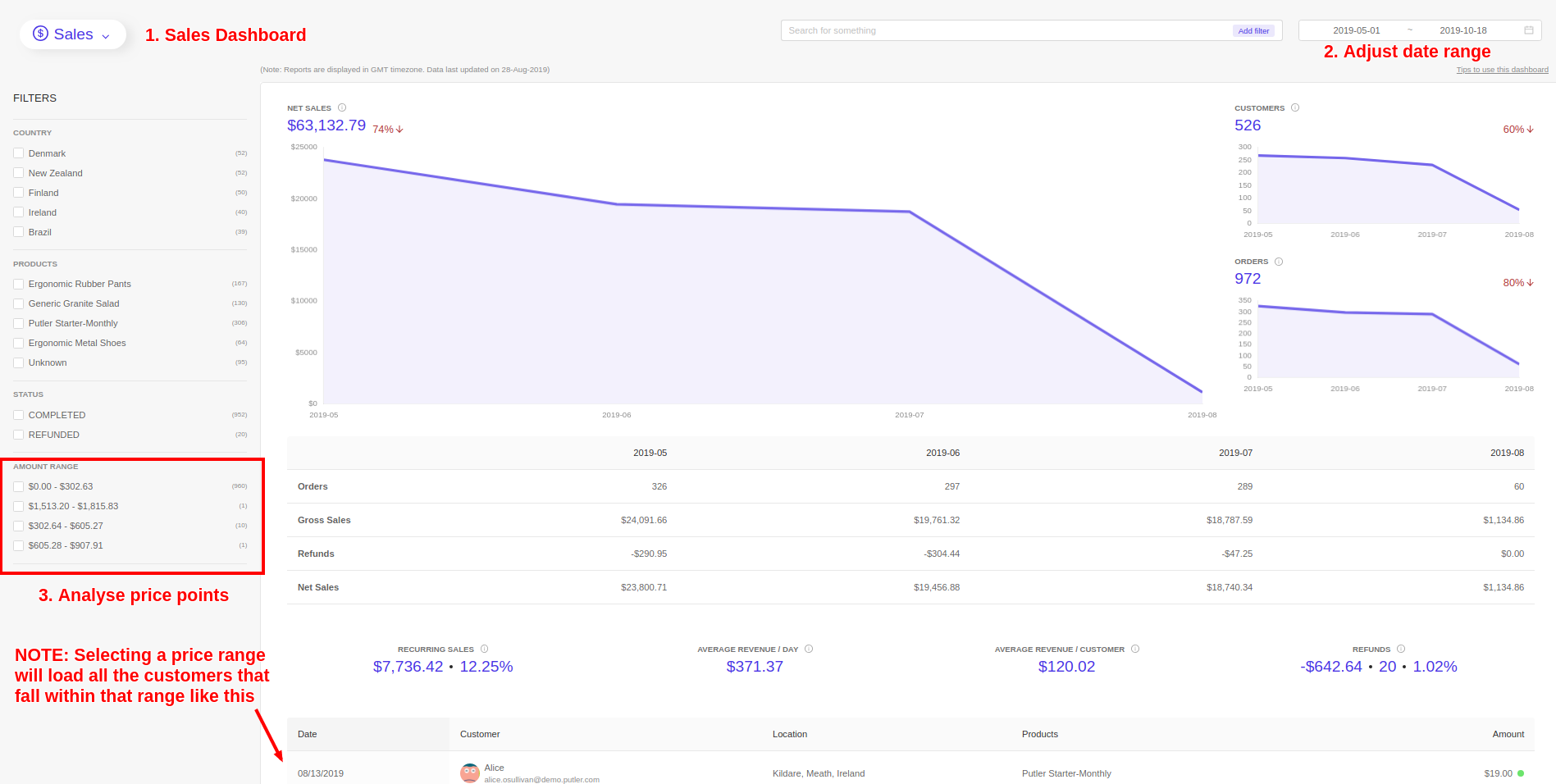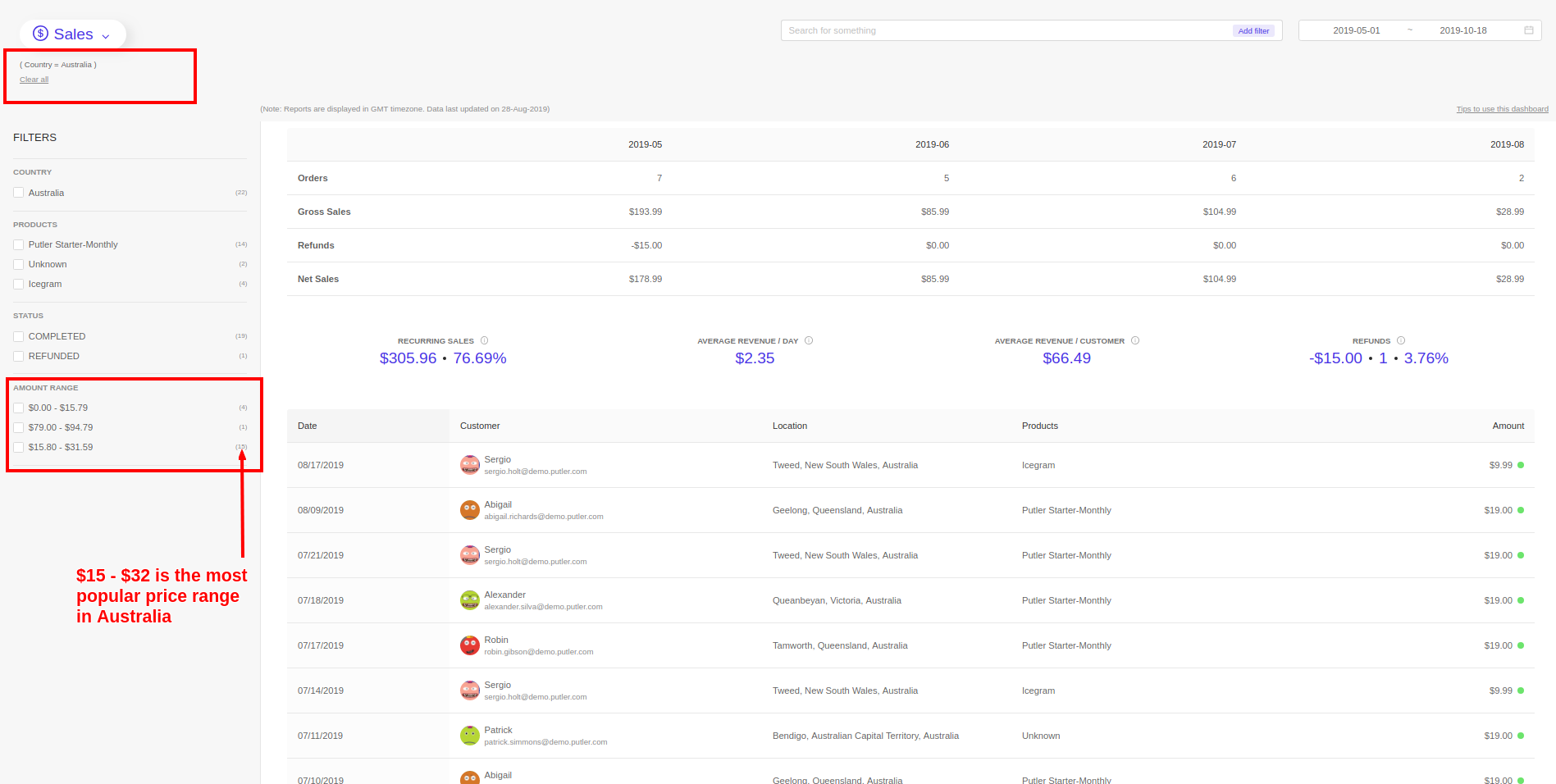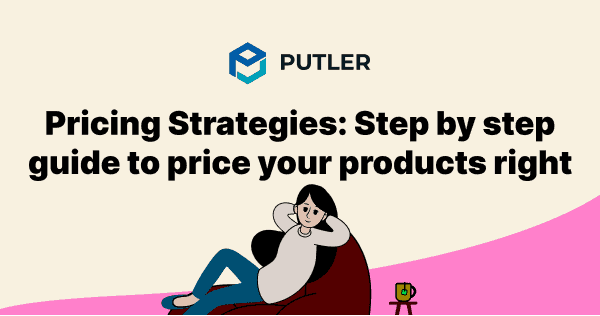Pricing strategies is one of the most googled terms. And righty so, pricing is the deal-breaker for any business – be it a product or a service.
It is very essential to get your pricing right in order to sell.
Breaking the pricing dilemma
Many websites like Shopify, Sumo have tried educating the users on how to price their products correctly. But sadly, there is no such fixed formula to getting your pricing right.
Digging deeper…
Top 4 pricing strategies for new businesses
For a new business, the pricing strategies are fairly simple. Some popular approaches are listed below:
1. Cost-based pricing
This is the simplest form of pricing. It is a simple formula.
Total cost + Percentage markup = Final Price.
Tip: This works well for the product industry where there is a fixed cost for manufacturing a product.
2. Competition pricing
Another simple way of deciding the price of your product/service is by comparing it with competitors. It is a smart and calculated way of entering the market because you directly piggyback on your competition’s pricing strategy.
Tip: It is advisable not to ape your competitor completely and create on your niche in the market.
3. Dynamic pricing
This strategy is based on changing prices based on demand. In this strategy, you can continuously change prices in order to match your customers purchasing behavior.
One excellent example of this pricing is the cab service, Ola.
4. Discount pricing
This again is a smart pricing strategy where you can initially keep the prices high and then offer a discount and sell the product at a discounted price.
Now, these strategies are mostly suited for new businesses. Well, they can be used for existing businesses too but it might not an ideal way.
Pricing strategies with examples
Now that we have seen the top 4 pricing strategies let’s look at real-world companies which use these pricing strategies.
Cost-based pricing example
This type of pricing strategy is applied by brands like Walmart, Ryanair. They constantly reduce costs wherever possible. This leads to smaller margins but higher sales and higher profits.
Competitive pricing example
This strategy is used by most of the brands but there are 2 notables companies which use this often – Apple and Samsung.
Since both these brands compete for customers in similar pace, they keep a track of features and pricing provided by the other brand and then introduce variants that beat the formers pricing.
Dynamic pricing example
As mentioned above, the company Ola follows this pricing. Not just, its competitor Uber also follows the same strategy.
Discount pricing example
This pricing strategy is used by retail stores that sell seasonal items that often change.
Pricing for your existing business
It is necessary to understand that pricing is not a one-time decision. You can change the pricing anytime based on how your product/ service improves. Or you can change it in order to experiment with your sales strategy.
Whatever might be your reason, pricing your product right is important. And since you already have an existing business it is smart to analyze your business before taking a pricing decision than going with your gut.
One simple way to analyse your pricing is by using Putler.

How to price your product right effortlessly?
I say effortlessly because you don’t have to do much except taking an informed decision.
Here’s how…
Putler is your go-to tool when it comes to analyzing your pricing data. It analyses your past transactional data and divides your pricing into 4 segments. It also shows how many customers fall in which range giving you a clear indication of where your price sweet spot lies.
Steps to follow in Putler
- Log in to Putler
- Go to Putler Beta – Sales Dashboard
- Select the date range you want to study the pricing for
- Once selected, Putler will process the data and show you 4 pricing segments.
Once you know which pricing range has the maximum customers, you can infer that your customers find this range attractive. You can then experiment with this price range by either changing the pricing to fall in that range or offer discounts that fall int hat range.
Simple?
Now let’s spice this up more by adding some powerful targeting.
Use Putler’s targeting to price your products
Not just price ranges. Putler Beta provides targeting options too. Use both to dig deeper in your data and take laser focused decisions.
Pricing strategy on the location
Go to the segments and create a segment where the location is say Australia. Select the date range and you will see the price ranges that work in Australia. Here’s a picture to understand better.

Pricing strategy based on the seasonal trend
This is super simple. Let’s say you want to know what price point worked during last year’s Black Friday and Cyber Monday Sale that you ran for the month Nov 2018.
Select the start date as 1st Nov, 2018 and end date as 31st Nov, 2018 and lookup the price range.
The price point which has the maximum people in it was successful. Try pricing your products in the same range for this time’s Holiday Season.
Over to you
Hoping the above strategies help you price your products right. If you try or have any other strategies for pricing a product feel free to comment in the section below.
